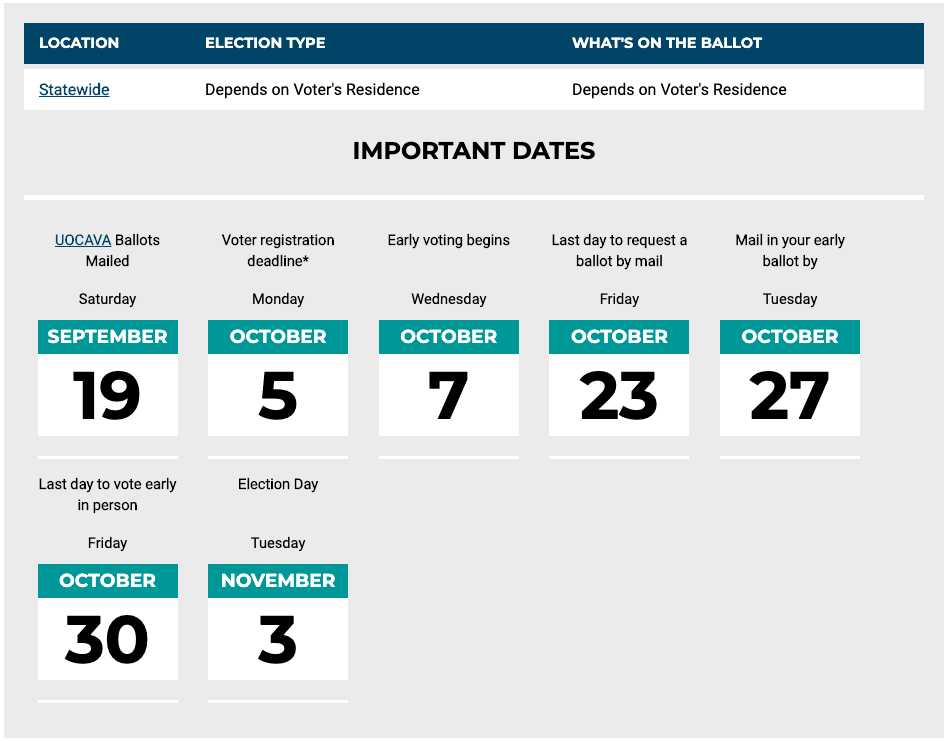
As we begin the vote-by-mail process in Arizona, I need to address the facts and fiction about voting.
In addition to being a realtor, I have worked in public policy for over 20 years, both as an elected official and on campaigns. In that time, I’ve worked to combat voter suppression, to make voting safe and accurate, and to make congressional and legislative districts more competitive. I served as a witness in a case that fought legislation that came from the Arizona legislature, which made it harder for people, particularly in rural Arizona, to vote.
One thing I can tell you is that claims that voter fraud is rampant are greatly exaggerated. There can be only one reason to exaggerate these claims so dramatically. It is meant to call in to question the results of any election in order to remain in power.
If you’d like an in-depth analysis of how this is done, why and what affect it could have on the 2020 election, read this article from the Atlantic Monthly.
If you’d like a funnier version of it, that basically covers the same themes, watch the great John Oliver explain it all. Caution: course language.
A good source of original research about this topic is the Brennan Center for Justice, which has researched elections for decades. They have many studies, which you can access here. I recall this eye-opener report from 2014, which showed that there were only 31 credible cases of voter fraud out of 1 billion votes cast between 2000 and 2014.
On top of that, there is a difference between voter fraud (in which a person who should not vote votes) and registration fraud (in which a person who should not be registered to vote attempts to do so).
In both cases, the numbers are small –and many cases result from simple confusion or are caught before harm is done. Still, the president an his allies conflate the two so they can sew fear.
Even the right-wing Heritage Foundation’s study of voting had a hard time demonstrating large numbers of cases of voter fraud, showing about 1,300 cases (which were even questionable) and certainly not the millions of cases that the president claimed. Here is their take on their report, as well as reporting about it and finally the Brennan Center analysis of the Heritage report.
The same can be said for reports of problems with mail-in ballots. You can debunk that myth here and sort out the facts and fiction yourself.
Luckily, the malicious efforts like those detailed in the Atlantic article may not be likely in Arizona, since we’ve had a longer history of successful vote by mail than other states. In the Atlantic article, there is evidence that the president intends to claim that vote by mail ballots are fraudulent as a way to claim that he won on election night with people who went to the polls, but was “cheated” out of that win by a flood of fraudulent vote by mail ballots the next day.
Not only is this immoral and unethical, but it could lead to violence, death and the destabilizing of our democracy even further.
This tactic is easier in states where vote by mail ballots are not counted until election night. In Arizona, the vote by mail ballot counting begins early enough that they are reported along with the day-of poll voting.
Regardless, it is important to know these crucial voting deadlines.
If all of the facts and fiction of elections fraud seems overwhelming to you, the best course of action is to simply vote. If you don’t feel comfortable mailing your ballot, you can drop it off to the post office directly or you can carry it in to a polling place. Don’t forget to sign it!
Regardless of how you vote, you need to know that our system of voting is safe and accurate. We all deserve that.









